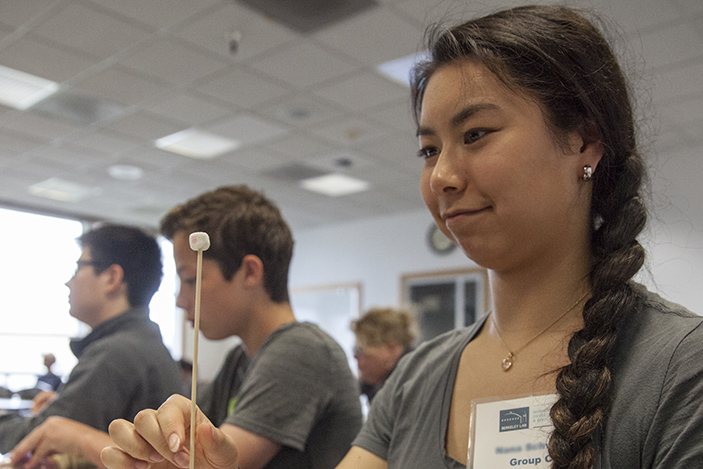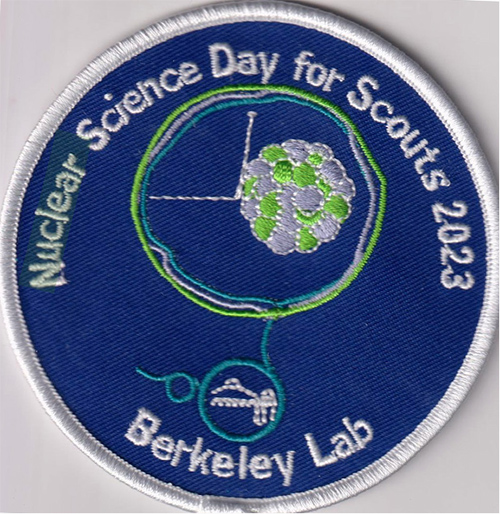The Lab event is open to all scouting organizations, and all who participate are given an event badge from the Lab. The Boy Scouts of America developed the Boy Scout Nuclear Science Merit Badge requirements. The American Nuclear Society developed the criteria for Get to Know Nuclear, a patch available to any scout regardless of affiliation.
This Saturday, Alan Poon will be working at the Lab. And he will not be alone. He will be hosting the 11th annual Nuclear Science Day for Scouts. The in-person version has been on hold for a few years, so Alan and a team of volunteers will welcome about 200 Scouts to the Lab this year.
“Our invitation list is unfortunately limited to the size of the auditorium,” said Poon. “We had over 400 Scouts request a spot. Some requests are even from Southern California, and those troops make it a weekend event.”
The Scouts come as a troop and spend the day rotating among several stations to learn about nuclear science.
“We started the event at the Lab in 2009 when our division was asked to develop a program that supported the community. Howard Matis, now retired, suggested providing both female and male Scouts an opportunity to learn about nuclear science. It took volunteers across the Lab to make it happen the first year, and every year, we depend on dozens of volunteers to make it a memorable day.”
The Scouts start in the auditorium, where they hear two short lectures. The first lecture is always the ABCs of Nuclear Science, this year delivered by Raúl Briceño, a new faculty staff member at the Lab. The second talk of the day is on the event theme, which this year is why it takes a big machine to look at something very small. The Lab’s Ernst Sichtermann will provide that information in a lecture on the Electron-Ion Collider being built at Brookhaven.
Scouts then break into six groups for the activity portion of the day. They will tour the ALS, build an electroscope, look at different radiation detectors built at the Lab, and then use a Geiger counter to measure background radiation in everyday objects. Food comes into the experimentation, with marshmallows playing a pivotal role in explaining isotopes. Candy bars also show up at the end of the day’s social event, where they are stored in liquid nitrogen. Scouts learn about the properties of items when made very cold, comparing Snickers bars to non-nut options. Tempting as it is, Scouts understand why only professionals can remove the candy from its LN bath.
As important as the stations are, Alan said the interaction between scientists and Scouts makes the day unique. “Our career forum panelists all have backgrounds in nuclear science, and they are happy to discuss different career paths with the Scouts. We are still looking for volunteer scientists to help after the event to review the worksheets the Scouts need to complete to earn their badge or patch.”
“Volunteering is personally rewarding. As a Scout leader, I learned to let the Scouts take the leadership role and learn from the experience. Keeping them safe is important while still letting them experiment and learn from their mistakes. It’s the best management training ever.”

